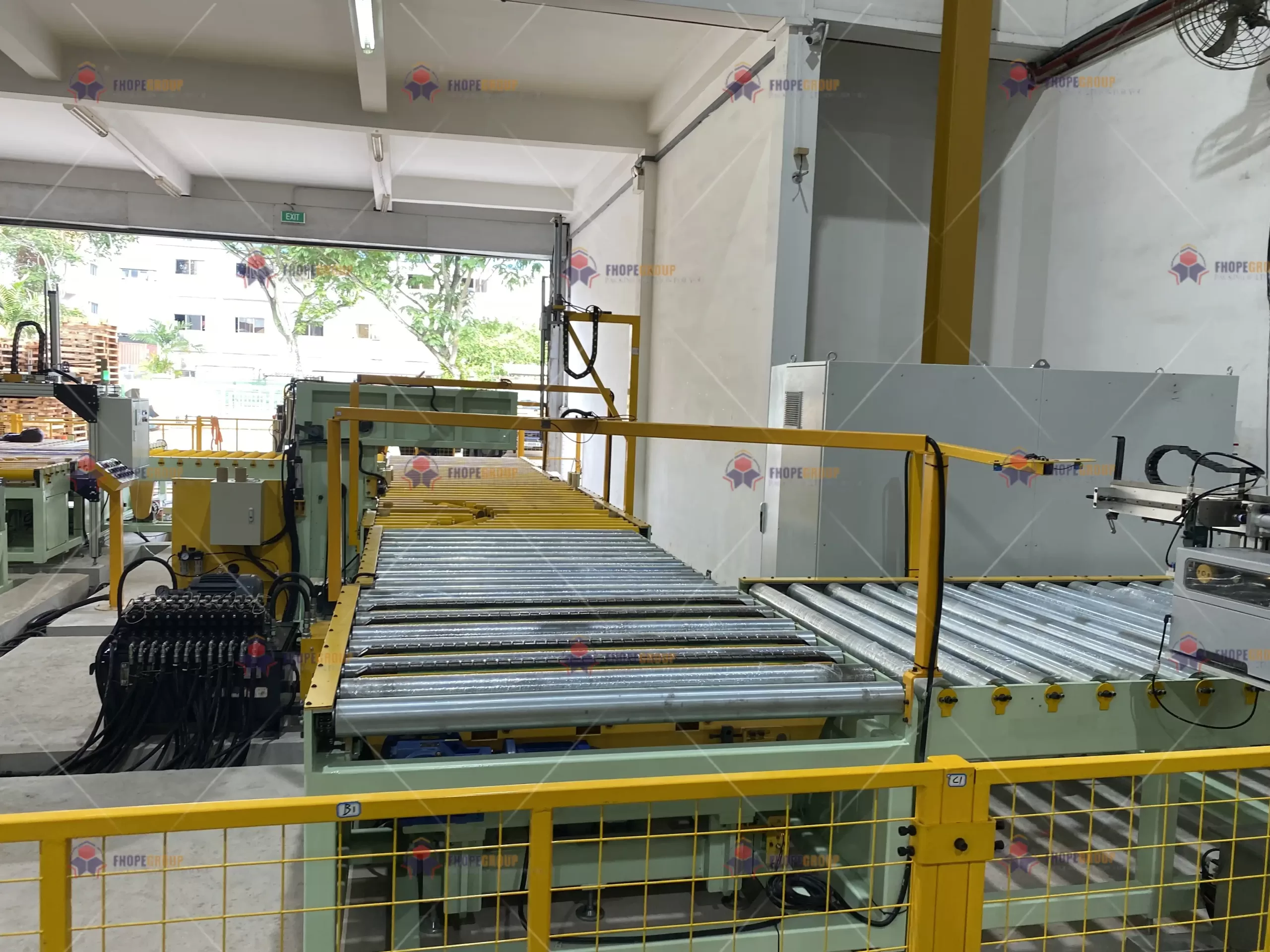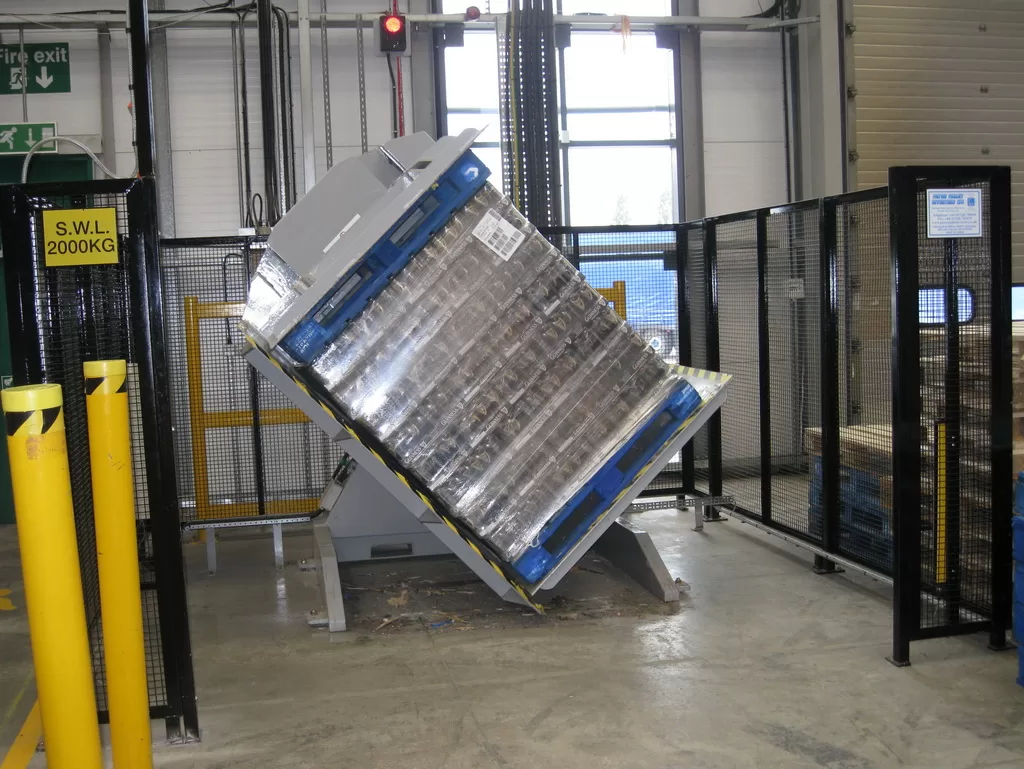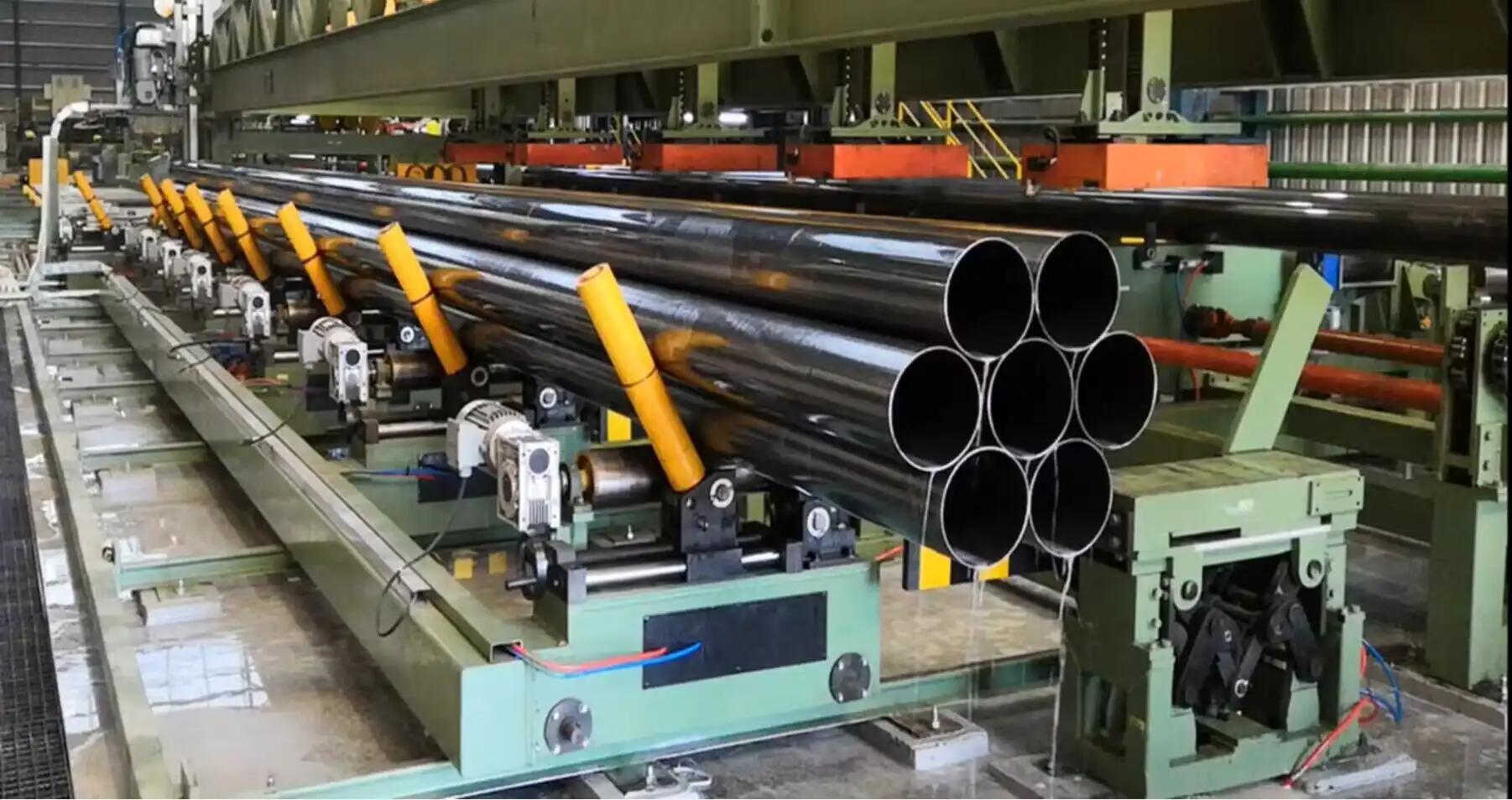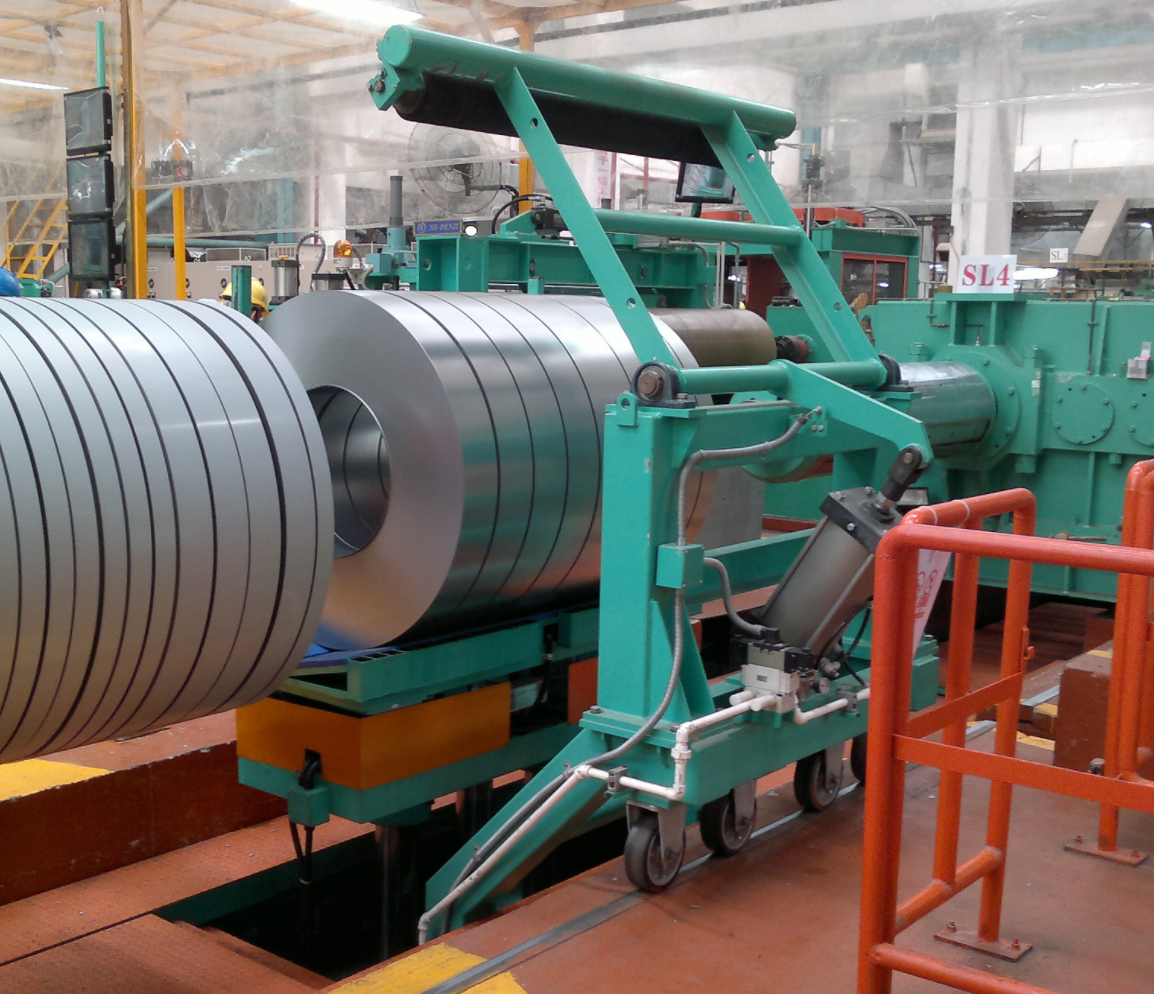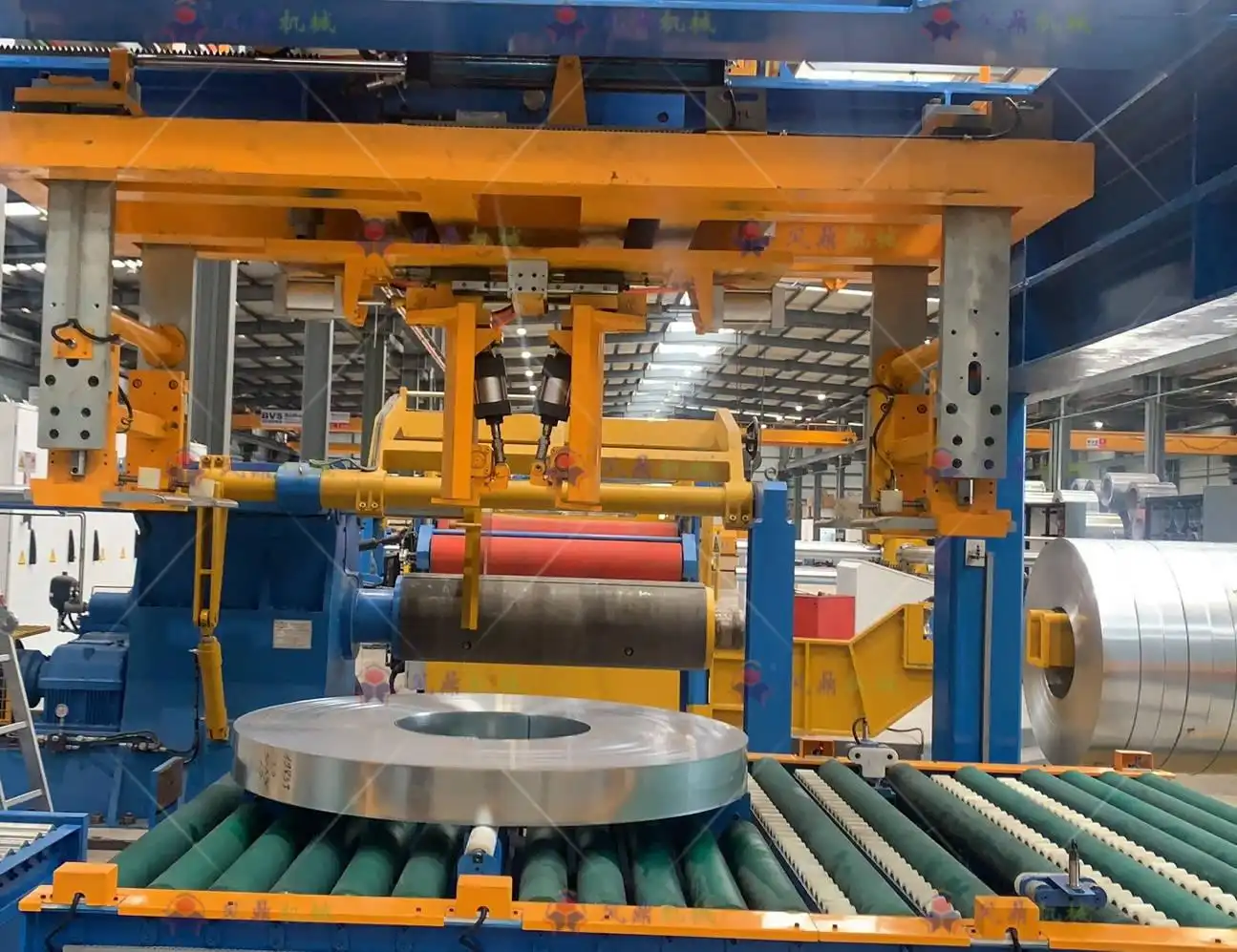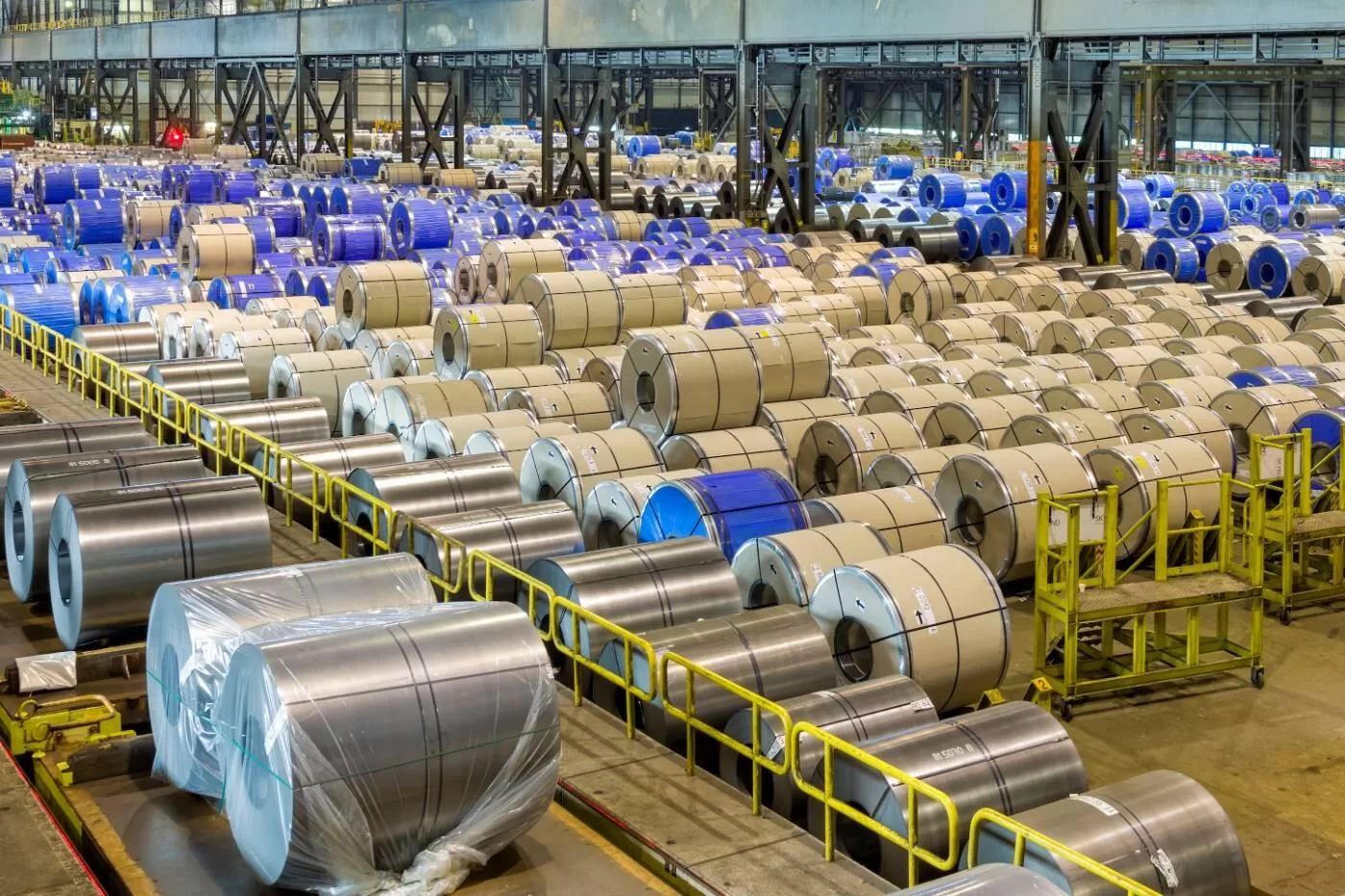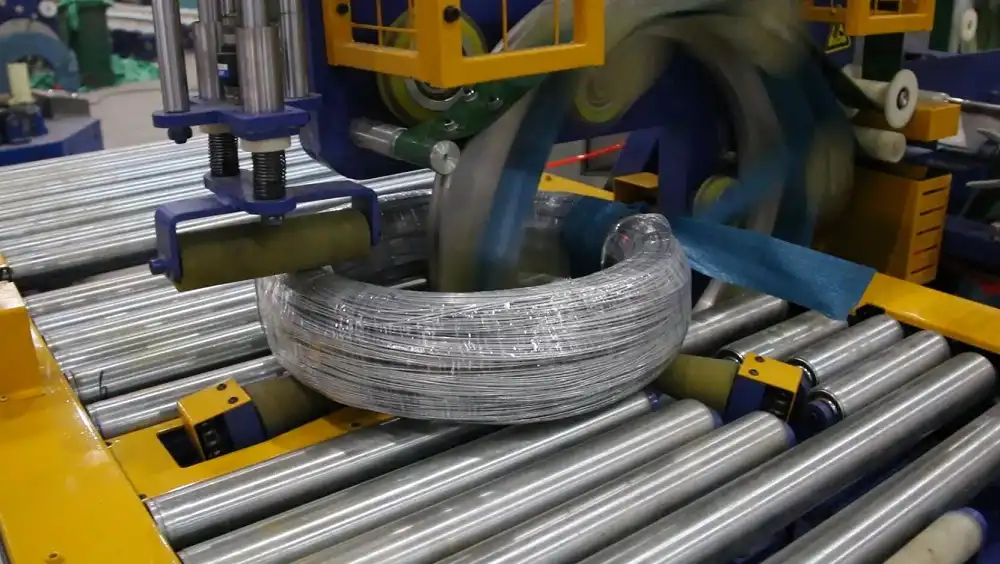Unlocking the efficiency and safety of coil handling is crucial for businesses like David’s. With years of expertise, I’ve seen how a dependable coil upender can be a game-changer.
The main parts of a coil upender include the base frame, tilting mechanism, motor or hydraulic system, and control panel. These components work in unison to rotate heavy coils from a horizontal to a vertical position, facilitating easier handling.
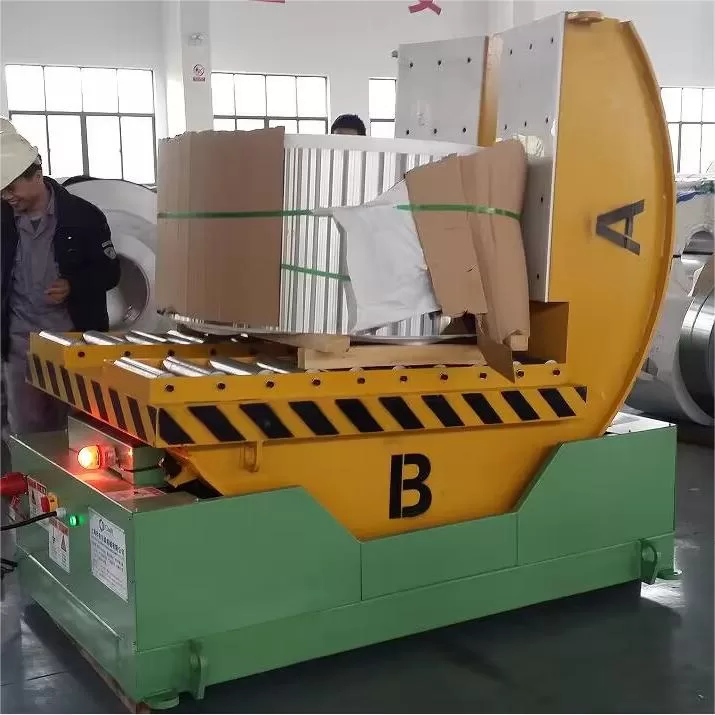
Coil upenders play a critical role in modern packaging workflows. They are essential for businesses aiming to enhance efficiency and reduce risks. Dive deeper into the primary components and discover how they synchronize to deliver seamless performance.
1. What are the primary components of a coil upender?
Transitioning from conventional handling practices to streamlined automation requires understanding the role of each component in a coil upender.
The primary components of a coil upender are the stable base frame, tilting mechanism for movement, motor or hydraulic systems for power, and the control panel for precise operations. Together, these parts enable the pivotal function of rotating heavy steel coils safely.

Breaking Down the Main Components
The successful operation of a coil upender depends on the synergy of its components. Let’s look at each part’s role and interaction:
| Component | Function |
|---|---|
| Base Frame | Provides stability and support for the entire unit. |
| Tilting Mechanism | Facilitates the rotation of coils from horizontal to vertical. |
| Motor/Hydraulic System | Powers the tilting mechanism to handle heavy loads. |
| Control Panel | Enables user input and control for precise operation. |
The base frame is the backbone, ensuring stability during operation. Without it, the coil upender would lack the necessary foundation to handle heavy loads. The tilting mechanism is the heart, performing the vital act of rotating coils. This mechanism requires robust engineering to manage the weight and ensure smooth motion.
The power to move the tilting mechanism comes from the motor or hydraulic system. This system is tailored to the specific needs of the operation, whether it be speed, load capacity, or energy efficiency. A well-maintained motor or hydraulic system ensures the reliability of the upender.
User control is key to effective operation, and this is where the control panel comes in. It allows operators to manage the upender with precision. The panel’s interface can be customized to streamline processes and reduce human error, ensuring that the entire system operates smoothly.
In my personal story, I recall a time when integrating an upgraded control panel drastically reduced operation time, underscoring the importance of advanced technology in enhancing productivity. As you ponder investing in a coil upender, consider how each component contributes to a more efficient, safer handling process.
2. How does a coil upender operate?
Transform your heavy lifting process with the coil upender. It’s designed to tackle your coil handling tasks efficiently. Get ready to revolutionize how you move your materials in no time.
A coil upender efficiently rotates heavy coils from horizontal to vertical positions and vice versa. It uses hydraulic or mechanical systems to ensure precise movement, improving safety and reducing manual labor. The device’s control system guarantees smooth operation, minimizing coil damage.
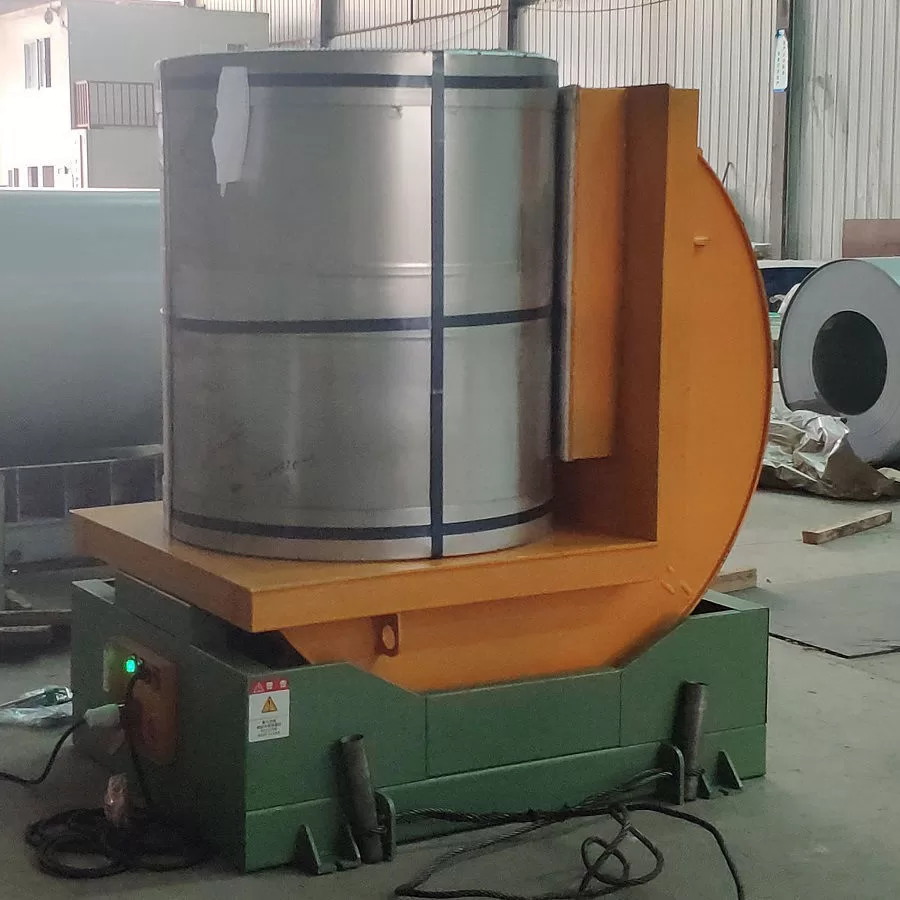
Understanding Coil Upender Mechanisms
Coil upenders play a critical role in material handling. They offer a seamless transition between different storage orientations, which is vital in manufacturing and shipping. Let’s dive deeper to understand how these mechanisms function effectively.
-
Hydraulic vs. Mechanical Systems: Each upender can be powered by hydraulic fluid or mechanical components. Hydraulic systems offer smoother movement but require regular maintenance. Mechanical systems might be more robust but could produce more noise during operation.
-
Control Mechanisms: The control systems vary from basic manual levers to advanced computer-controlled interfaces. These adjustments allow operators to select the desired rotation speed, angle, and stopping point.
-
Load Capacity and Safety Measures: A typical coil upender can support between 5 to 50 tons. It’s equipped with locking mechanisms and safety barriers to keep operators safe during operation.
| System Type | Pros | Cons |
|---|---|---|
| Hydraulic | Smoother operation, precise control | Regular maintenance needed, possible leaks |
| Mechanical | Durable, less maintenance | Nosier operation, less smooth |
| Mixed | Balance between smoothness and durability | Complex design, higher cost |
Knowing your specific needs helps in choosing the right coil upender, ensuring both safety and efficiency in your operations. The right equipment results in fewer accidents and seamless material handling.
3. What are the applications and benefits of using a coil upender in industry?
Optimize your coil handling processes with a coil upender. Streamline operations, minimize risks, and boost productivity. Equip your industry with tools for greater success and efficiency.
Coil upenders are used in industries for rotating and positioning heavy coils, enhancing safety and efficiency. They facilitate easier shipping, storage, and lifting, especially in the automotive and construction sectors. By minimizing manual handling, they reduce the risk of injuries and ensure safer work environments.
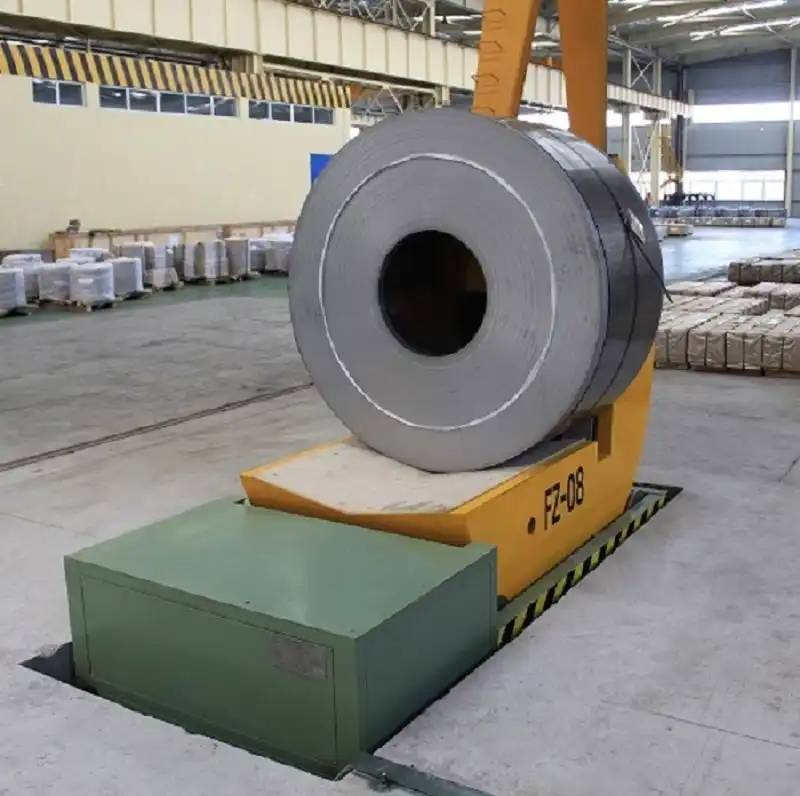
Coil Upender’s Industrial Significance
These machines are invaluable across various industries. Understanding their applications and benefits can lead to significant operational improvements.
-
Automotive and Construction: Large steel coils essential for these industries demand precise positioning during storage and transit. Coil upenders mitigate issues related to handling, reducing damage and movement inefficiencies.
-
Safety and Ergonomics: Reducing the need for manual handling, these machines improve workplace safety significantly. They mitigate risks associated with heavy lifting such as sprains or more severe injuries.
-
Efficiency in Operations: Integrating coil upenders with automated systems streamlines workflow. Industries see decreased downtime and increased output when coils are handled more swiftly and safely.
| Industry | Application | Benefit |
|---|---|---|
| Automotive | Coil positioning for assembly | Reduces damage, improves safety |
| Construction | Onsite storage and arrangement | Easier access, minimizes manual handling |
| Metalworking | Precise coil cutting/processing | Enhances precision, safety |
By focusing on these applications, businesses can effectively implement coil upenders to reduce labor cost, improve safety, and maximize productivity. Investing in the right upender solutions can be pivotal for long-term growth and efficiency.
Conclusion
Understanding coil upender components and operations is crucial for enhancing industrial efficiency and safety. These machines transform material handling, minimize risks, and pave the way for streamlined operations. Prioritize installing them to uplift your operational capabilities and ensure safer work environments.
Summarize the importance of understanding coil upender components and operations for maximizing industrial efficiency and safety.


